Gardening is more than just a hobby—it’s a journey toward creating a vibrant, thriving oasis in your backyard. But keeping your garden lush and healthy takes more than just a green thumb; it demands consistent care, especially regarding watering, even if the aim is to plant waterwise plants (as they take time to establish). So proper irrigation is the key to a successful and lush garden as it ensures your plants receive the perfect amount of water to flourish.
In this blog, we’ll discuss the ins and outs of garden irrigation, weigh the pros and cons, explore the most effective systems, and break down the unique water needs of different plants. For instance, some plants, like succulents, thrive in dry conditions and require infrequent watering, while others, like lettuce, need frequent watering, especially in hot weather. We’ll also help you decide between the convenience of automated systems and the hands-on approach of manual watering.
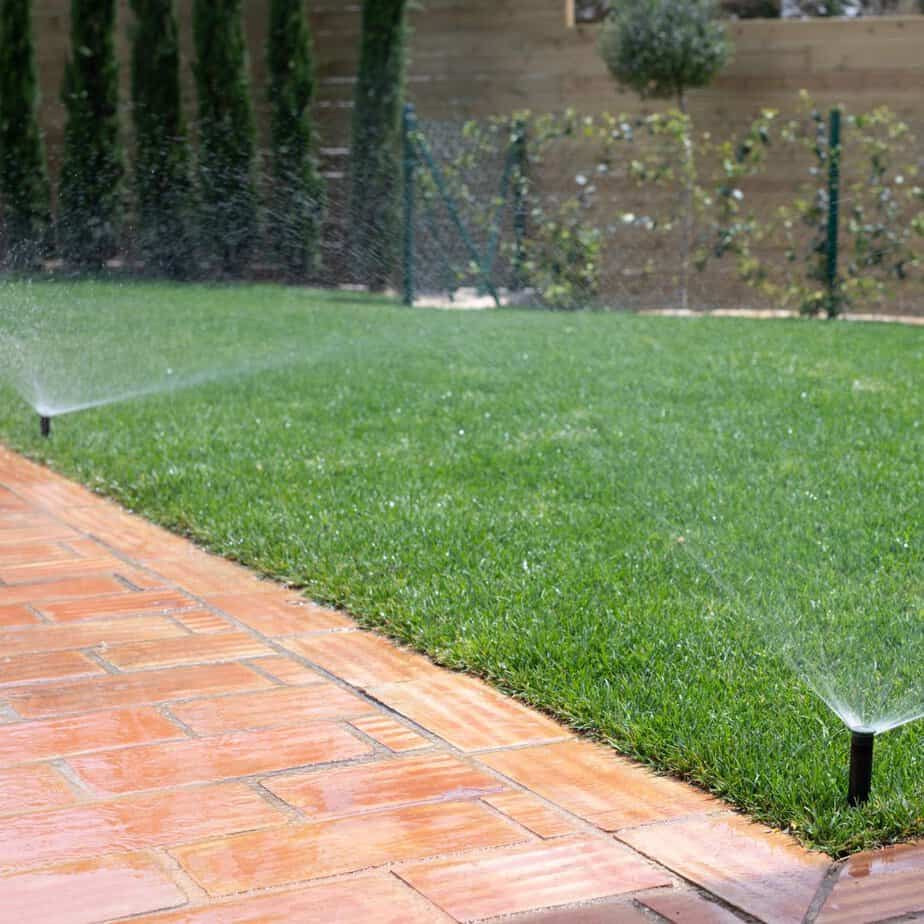
The Pros and Cons of Garden Irrigation
Pros:
Water Efficiency: Irrigation systems can be designed to deliver water directly to the plant roots, minimising water waste due to evaporation and runoff.
Automated systems offer the convenience of setting a schedule, freeing you from the daily task of watering and allowing you to enjoy your garden more. This time-saving feature is particularly beneficial for those with busy schedules.
Consistent Watering: Regular watering is crucial for plant health, and irrigation systems ensure your garden receives water consistently, even when you’re away.
Increased Plant Health: Proper irrigation makes plants less likely to suffer from under or overwatering, leading to healthier growth and better crops.
Cons:
Initial Cost: Whilst it will not break the bank, installing an irrigation system is an additional expense to an already expensive exercise in landscaping your property. Automated systems with advanced features do cost a little more.
Maintenance: Irrigation systems require periodic maintenance, including checking for leaks, replacing worn parts, and adjusting settings.
Water Waste Risk: If not correctly managed, irrigation systems can lead to water waste, mainly if overwatering occurs or the system needs to be adjusted for seasonal changes.
Types of Irrigation Systems For Gardens
Drip Irrigation
Best For: Flower beds, Vegetable gardens, and Shrubs.
How It Works: Delivers water directly to the plant’s root zone through tubes and emitters.
Pros: Highly efficient, reduces water waste, minimises weed growth.
The cons are that it can be expensive to install and requires maintenance to prevent clogging. It must also be checked annually to ensure that all sections within the installed dripline grid work correctly.
Soaker Hoses
Best For: Rows of plants, hedges, and raised beds.
How It Works: Perforated hoses release water slowly along their length, soaking the soil evenly.

Pros: Easy to install, affordable, and effective for even watering.
The cons are limited control over water distribution and the potential for uneven watering if not laid out correctly. These are over the ground and look unsightly (even though they are efficient).
Sprinkler Systems
Best For: Lawns, larger garden areas.
How It Works: Sprays water over a wide area, simulating natural rainfall.
Pros: It covers large areas quickly and is adjustable to different patterns.
Cons: This can lead to water waste (which means more $$), especially in windy conditions or if improperly timed. Natives (as a general rule, and depending on their foliage) usually don’t like their leaves getting wet.
Manual Watering – Hose or Watering Can
Best For: Small gardens, Container plants.
How It Works: Water is applied manually by the gardener.
Pros: Highly controlled, allows for tailored watering per plant.
Cons: Time-consuming, risk of inconsistent watering, impacting holiday plans!.
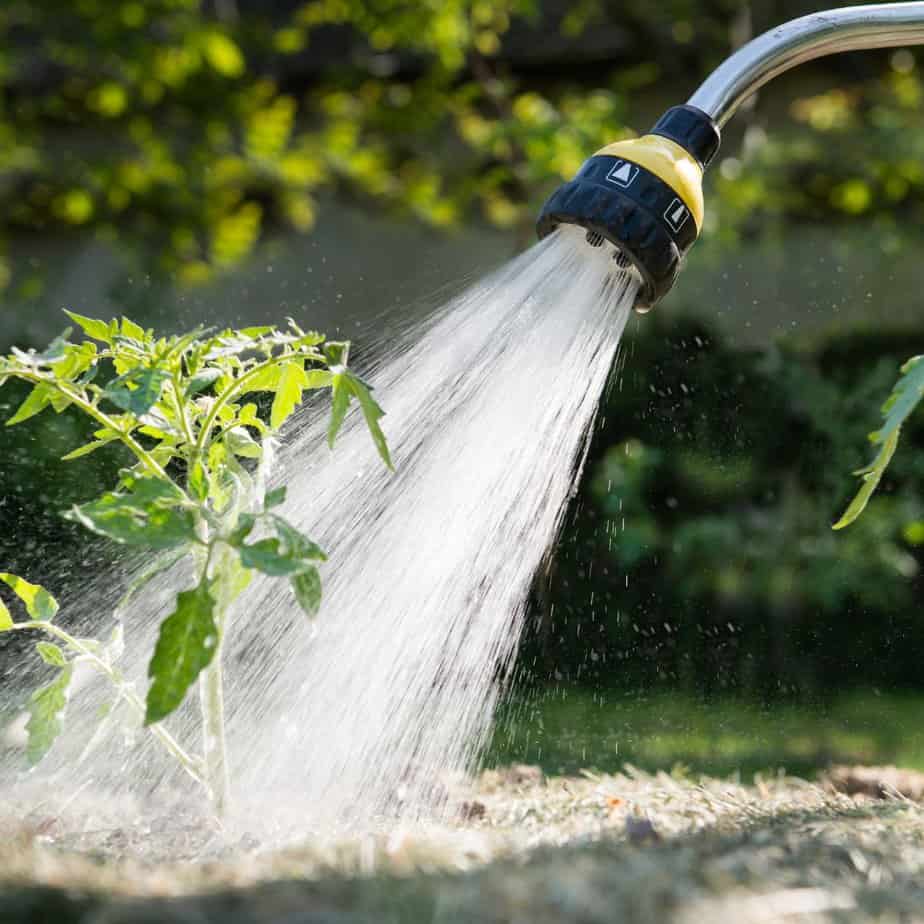
Understanding the Irrigation Requirements of Plants
Low-Water Plants
Examples: Succulents, Cacti, Lavender, Sage
Watering Needs: These plants thrive in dry conditions and require infrequent watering. Overwatering can lead to root rot.
Moderate-Water Plants
Examples: Tomatoes, Beans, Roses, Geraniums.
Watering Needs: They need regular watering, especially during flowering and fruiting stages. The soil should be kept consistently moist but not soggy.
High-Water Plants
Examples: Lettuce, Celery, Watercress, Ferns.
Watering Needs: Require frequent watering, especially in hot weather. Soil should remain consistently moist.
Installing an Irrigation System: Steps and Tips
Planning
Assess your garden’s layout, the types of plants you have, and their water requirements. Choose an irrigation system that matches your garden’s needs.
Designing the System
First, lay the irrigation lines on paper, ensuring all plants receive adequate coverage. If opting for an automated system, consider adding timers and sensors.
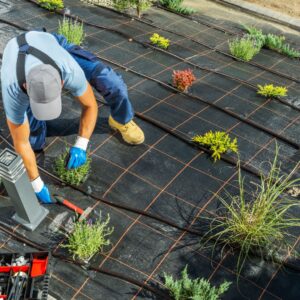
Installation
Install the main water line and connect it to the water source. Depending on your chosen system, attach the appropriate emitters, sprinklers, or soaker hoses. Test the system to ensure even water distribution and adjust as necessary.
Maintenance
Regularly check the system for leaks, clogs, or wear and tear. Adjust watering schedules based on seasonal changes and plant growth stages.
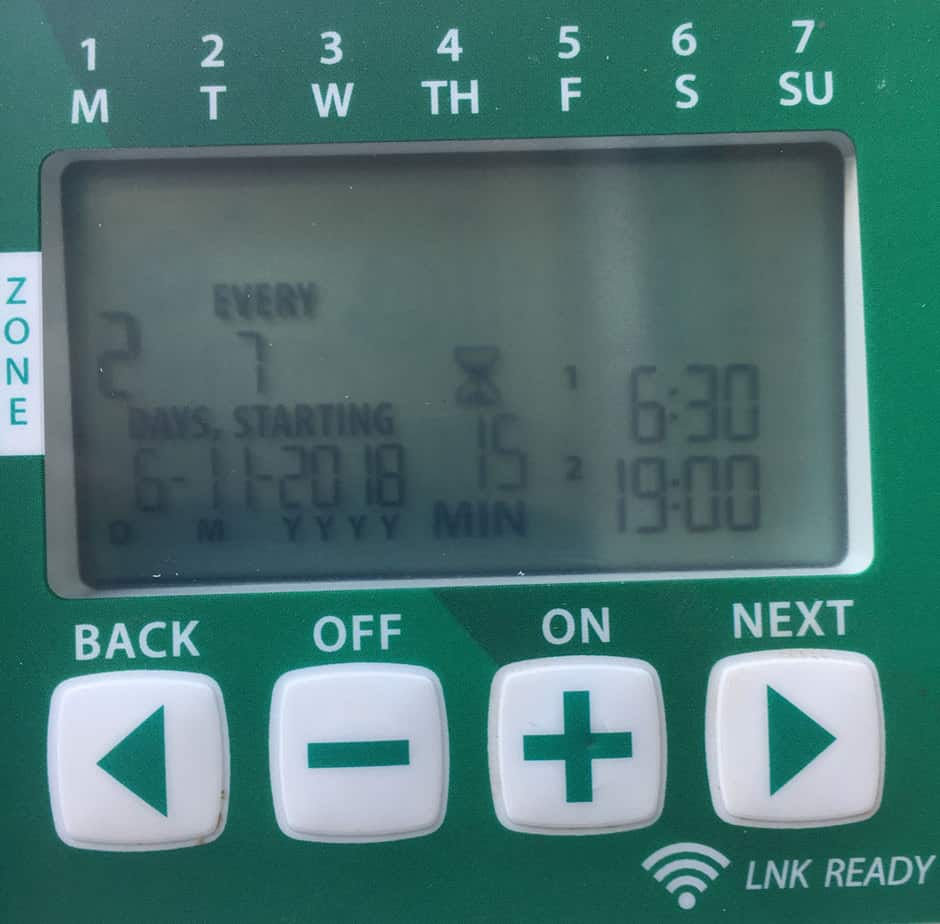
Automated vs. Manual Irrigation: Which is Best?
Automated Irrigation (Battery-Operated)
Pros:
Convenience: With automated systems, you can set your watering schedule and let the system take care of the rest, giving you peace of mind and more time to enjoy your garden.
However, if you install one, don’t forget to replace the battery. Battery-operated systems are generally cheaper.
Precision: Automated systems with timers and sensors can adjust watering based on weather conditions, soil moisture, and plant needs, giving you the confidence that your plants are getting the right amount of water.
Cons:
Cost: Higher initial investment and potential ongoing costs for battery replacements.
Complexity: Requires proper setup and occasional troubleshooting.
Manual Irrigation
Pros:
Control: Direct control over how much water each plant receives.
Cost-Effective: No need for expensive equipment or batteries.
Flexibility: Can be easily adjusted based on daily observations.
Cons:
Time-Consuming: Requires more time and effort, particularly for more extensive gardens.
Inconsistency Risk: Human error can lead to over or under-watering. Plus, what happens when you’re away!?
The ideal irrigation system for your garden depends on your needs, size, and the types of plants you grow. Automated systems offer convenience and consistency, particularly for more extensive gardens or busy lifestyles, while manual irrigation allows for precision and flexibility, particularly in smaller spaces. By understanding the pros and cons of each system and tailoring your approach to your garden’s unique requirements, you can enjoy a thriving, beautiful garden all season long.
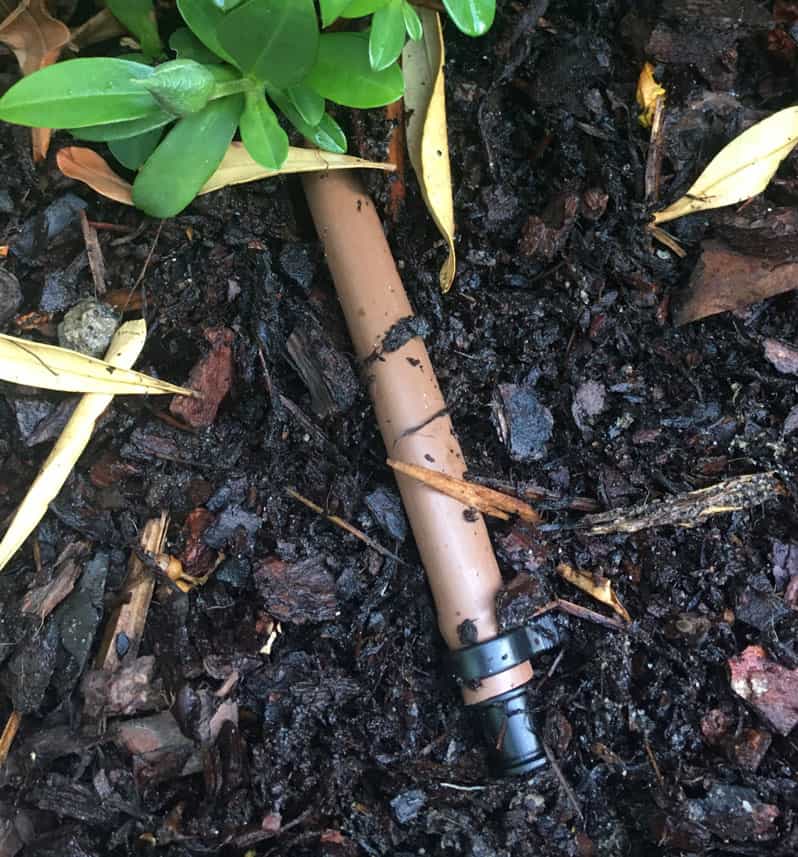
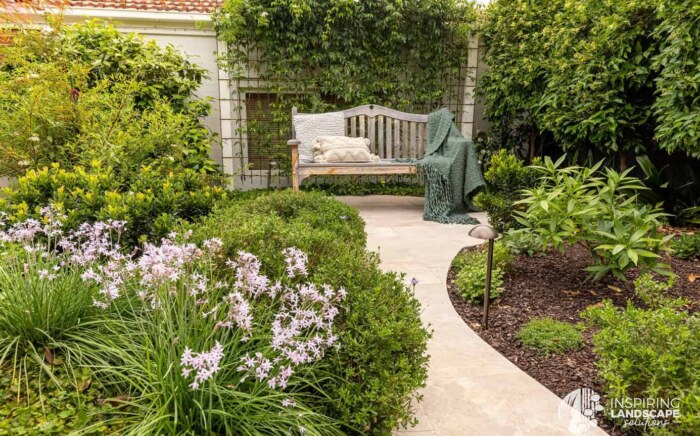


Leave a Comment